Rice flour is one of the very essential items in a South Indian kitchen. Idiyappam Flour is used for many snacks and sweets and there are certain preparations that require freshly made wet rice flour.
Rice flour is one of the very essential items in a South Indian kitchen. It is used for many snacks and sweets and there are certain preparations that require freshly made wet rice flour also known as Eera Arisi maavu.

Living in the US, we are privileged to get very good quality flour. There are certain recipes that require fresh ones that can be very well substituted with the rice flour we get here. Amma always says that the rice flour available in the stores here is of very good quality.
So, for many things like karadayan Nombu adai, I have used store-bought flour. The flavors are definitely different and the texture of the adais are great when we make it with freshly made flour.
I have never made Idiyappam Flour myself before and many times amma brings some when she comes from India. For this month’s marathon, when I chose to make the Athirasam, attai told me that we need to make this freshly ground flour or eera arisi maavu.
So, I made the Idiyappam Flour for the first time and apart from being time-consuming, it is a very easy process. I made a batch of it to make idiyappam for the alphabet I, but I have changed my mind and made something else. Tune in tomorrow to see what I made.
So I made the rice flour and I am glad I made a larger than-needed quantity as I had needed to add a little bit more flour for my athirasam when they fell apart. I used sona Masoor rice to make the flour.
If using the Idiyappam Flour immediately, we could use it as is, but if you are storing it for the future, it is advisable to fry them for a few minutes until the moisture evaporates and then store it.
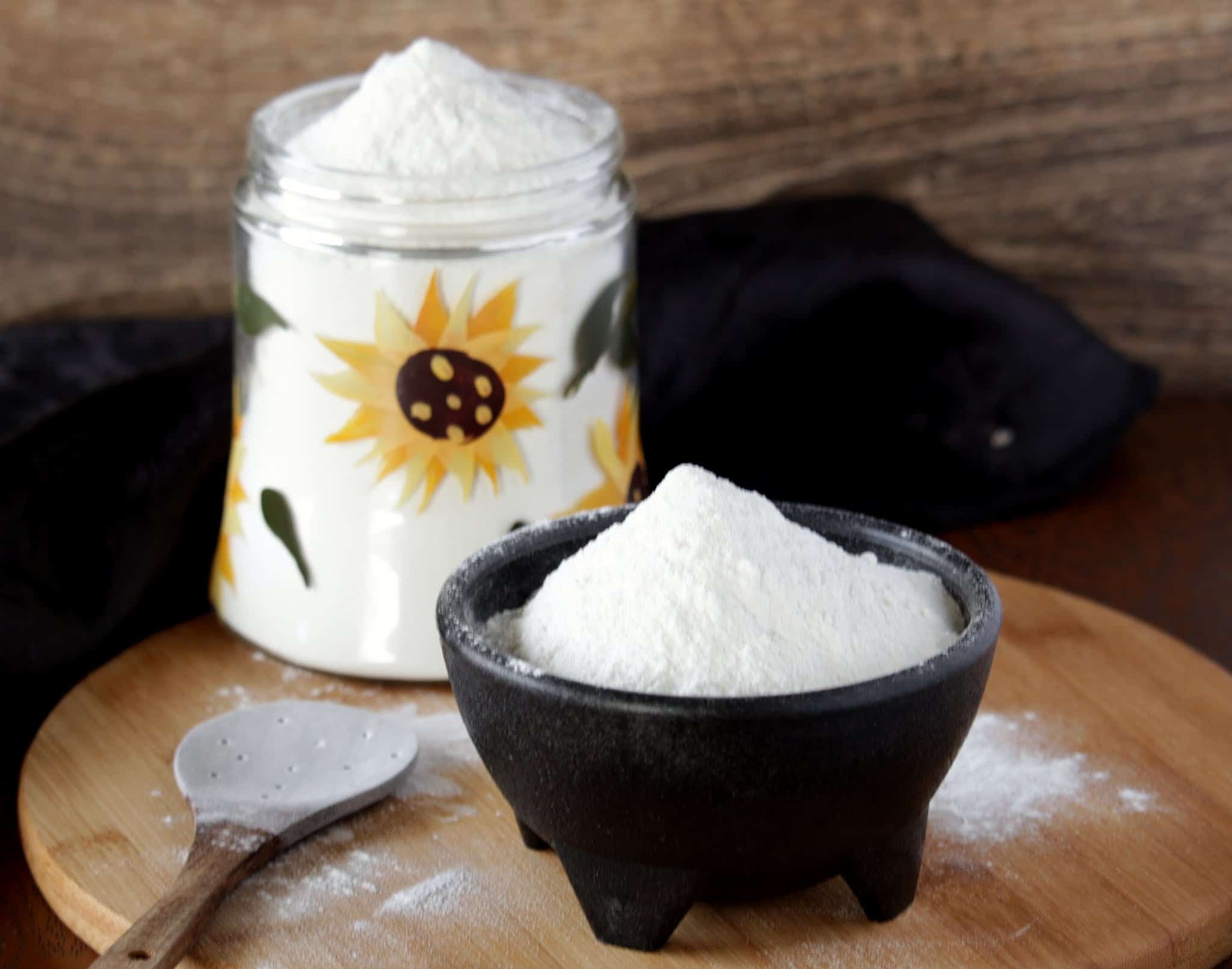
Preparation time – 20 minutes plus 3 hours of soaking time
Cooking time – none
Difficulty level – easy
Ingredients needed – Makes 3 cups of rice flour
- Rice – 2 cups (I used sona masoori)
Step-by-step process
- Wash the rice well and soak it for about 2 to 3 hours. If needed the rice can be soaked for just about an hour, but the longer it soaks, the smoother flour it yields. Ideally, about 3 hours would be perfect. For recipes such as athirasam, where it is alright to have slightly coarse flour, it is enough to soak for an hour.

- Drain the water entirely and then spread the rice on a clean kitchen cloth. Spread the rice with your hands so that it is in a thin layer.

- Let it remain like this for about 15 to 20 minutes. Make sure that the rice is drying in shade and not in sun. I left it on my kitchen table.
- After about 15 minutes, check the rice with your hands. It should have lost all its moisture but still, be a little wet to feel. Make sure you don’t dry it entirely. The rice should have a hint of moisture in it.
- Now transfer this to the blender jar and grind until smooth.

- Use a jalada (flour sifter) and sift the flour. If there is a lot of coarse rice left, then transfer it to the blender again and grind. Sift once again.

- If using the flour right away or in a couple of days, then you don’t have to do anything. If you are going to store it for a few days, then it is advisable to roast the flour for a few minutes to dry it out. This helps increase its shelf life. Roast the flour for about 5 – 7 minutes. It need not change color, but just get warm.

- Let the flour cool down to room temperature and then store it in an air-tight container.

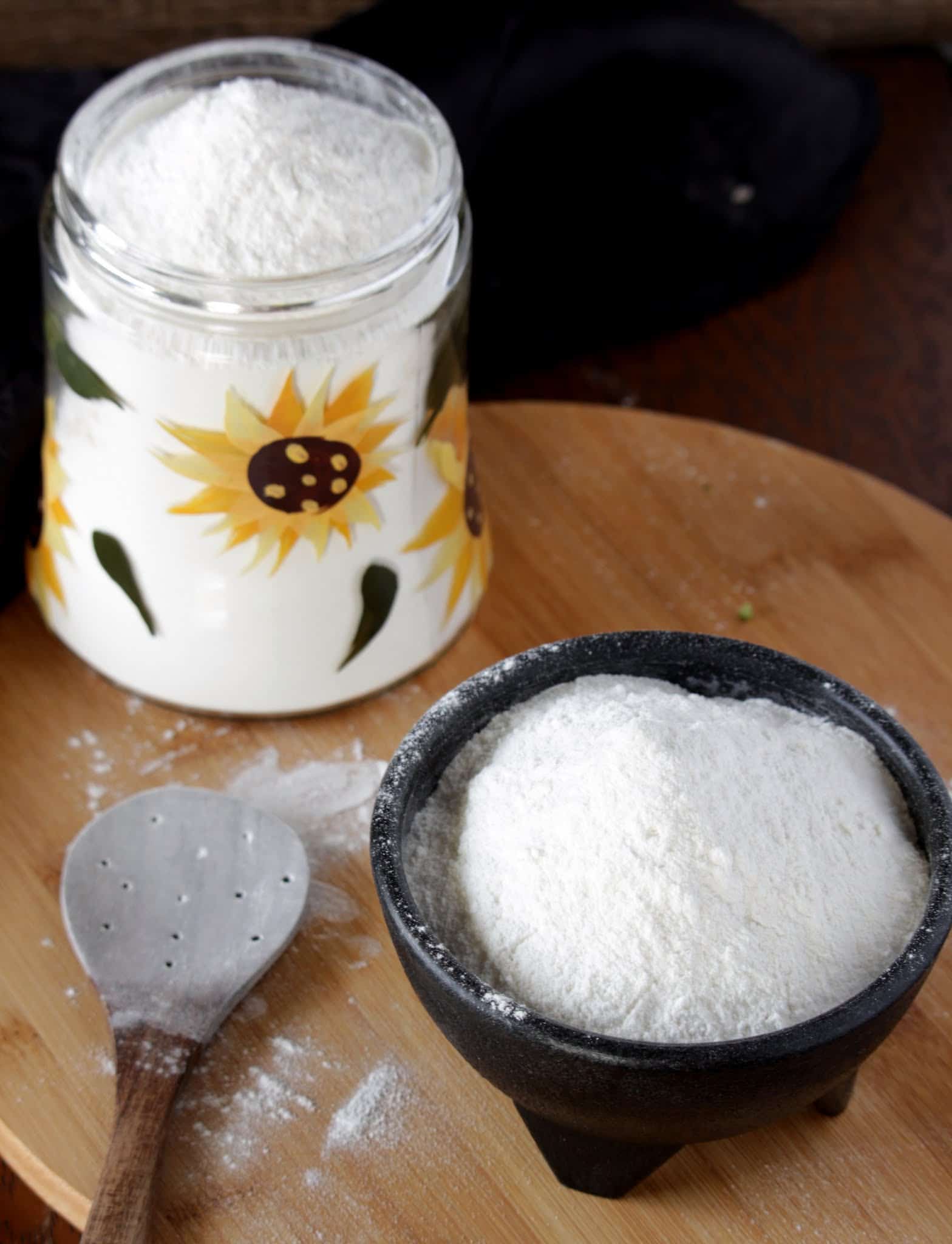
Expert Tips
- Freshly ground rice flour makes excellent traditional snacks. So make sure to have some handy during a festival season like Diwali.
- Make sure the rice gets enough time to soak as that yields smoother flour.
- Dry the rice just until the excess moisture disappears. When grinding the little moisture left in the rice helps in grinding the rice to a smoother texture.
- If storing the flour for use later, dry roast the ground Idiyappam flour to get rid of all the moisture. This helps with the long shelf life.
- Always store the flour in an airtight container. If possible grind it in a smaller batch and use it as soon as possible.
Frequently asked questions
Rice flour is used in many recipes in Indian cuisine. The freshly ground flour is used especially in making traditional sweets and snacks. Along with it, it is used to make idiyappam.
Yes, rice flour is naturally gluten-free. If you are gluten sensitive, it is a great idea to make fresh flour at home to prevent cross-contamination.
If stored under proper conditions, rice flour can store for a long time. If I am making this wet rice flour, I would roast it well to get rid of all the moisture to help increase the shelf life. Storing it in the freezer extends the shelf life of the flour as well.
Recipes using Rice flour
If you made this recipe and liked it, give a star rating on the recipe card or let me know in the comments below. You could also share it with me on Instagram using #MyCookingJourney and tagging me @sandhya.ramakrishnan. You could follow me and my recipes on Facebook |Instagram | Pinterest | Twitter/X
Recipe
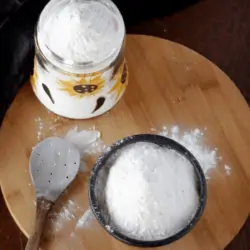
Homemade Rice Flour – Homemade Idiyappam Flour
Equipment
- Grinder
Ingredients
- 2 cups Rice I used sona masoori
Instructions
- Wash the rice well and soak it for about 2 to 3 hours. If needed the rice can be soaked for just about an hour, but the longer it soaks, the smoother flour it yields. Ideally, about 3 hours would be perfect. For recipes such as athirasam, where it is alright to have slightly coarse rice flour, it is enough to soak for an hour.
- Drain the water entirely and then spread the rice on a clean kitchen cloth. Spread the rice with your hands so that it is in a thin layer.
- Let it remain like this for about 15 to 20 minutes. Make sure that the rice is drying in shade and not in sun. I left it on my kitchen table.
- After about 15 minutes, check the rice with your hands. It should have lost all its moisture but still, be a little wet to feel. Make sure you don’t dry it entirely. The rice should have a hint of moisture in it.
- Now transfer this to the blender jar and grind until smooth.
- Use a jalada (flour sifter) and sift the flour. If there is a lot of coarse rice left, then transfer it to the blender again and grind. Sift once again.
- If using right away or in a couple of days, then you don’t have to do anything. If you are going to store it for a few days, then it is advisable to roast the flour for a few minutes to dry it out. This helps increase its shelf life. Roast the rice flour for about 5 – 7 minutes. It need not change color, but just get warm.
- Let it cool down to room temperature and then store it in an airtight container.
Notes
- Freshly ground rice flour makes excellent traditional snacks. So make sure to have some handy during festival season like Diwali.
- Make sure the rice gets enough time to soak as that yields smoother rice flour.
- Dry the rice just until the excess moisture disappears. When grinding the little moisture left in the rice helps in grinding the rice to a smoother texture.
- If storing the rice flour for using later, dry roast the ground Idiyappam flour to get rid of all the moisture. This helps with the longer shelf life.
- Always store the rice flour in air tight container. If possible grind it in smaller batch and use it as soon as possible.





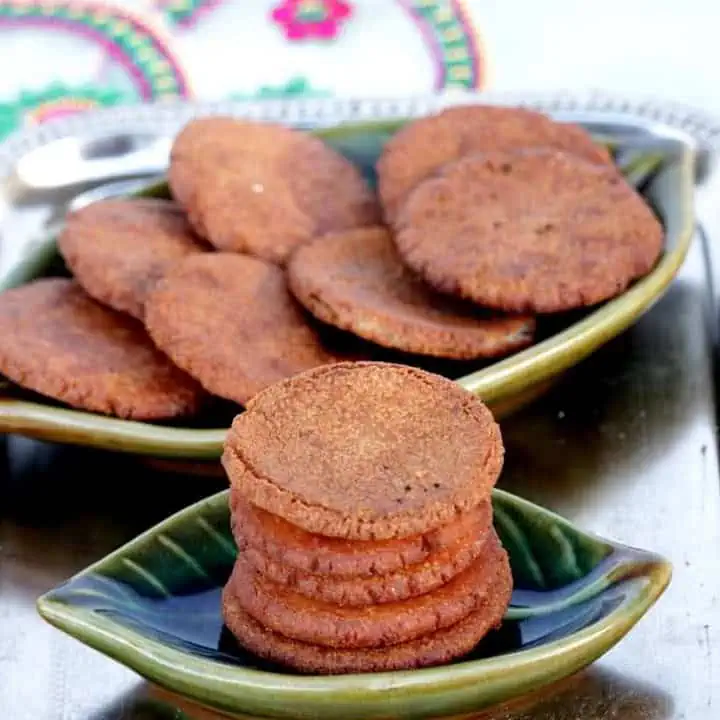
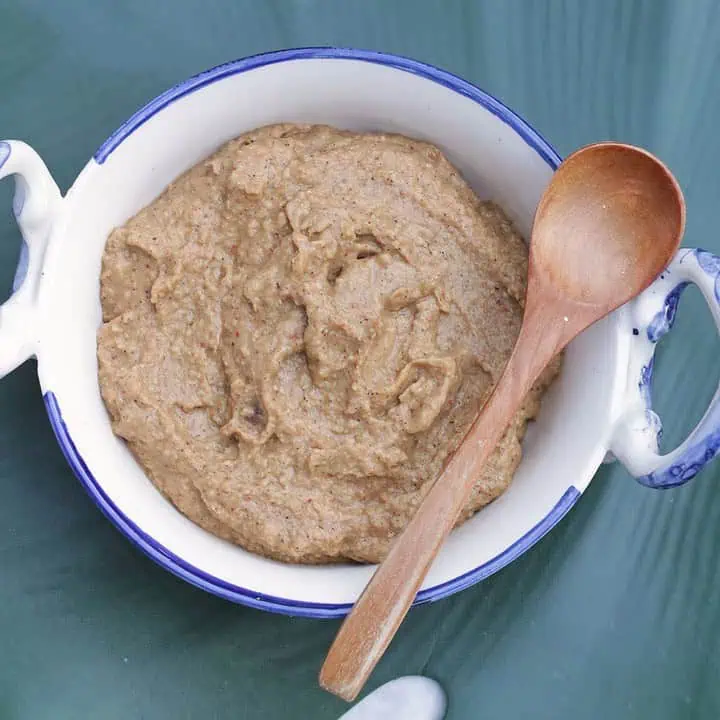
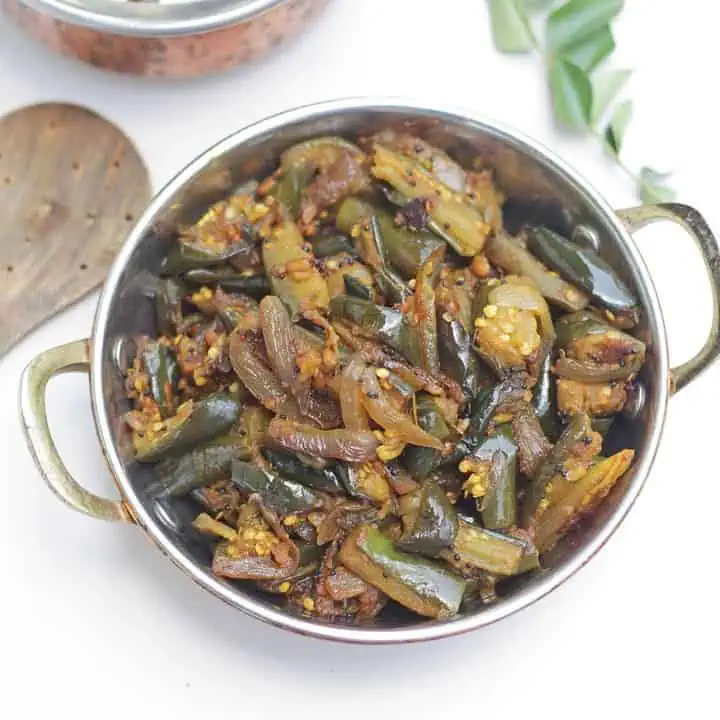
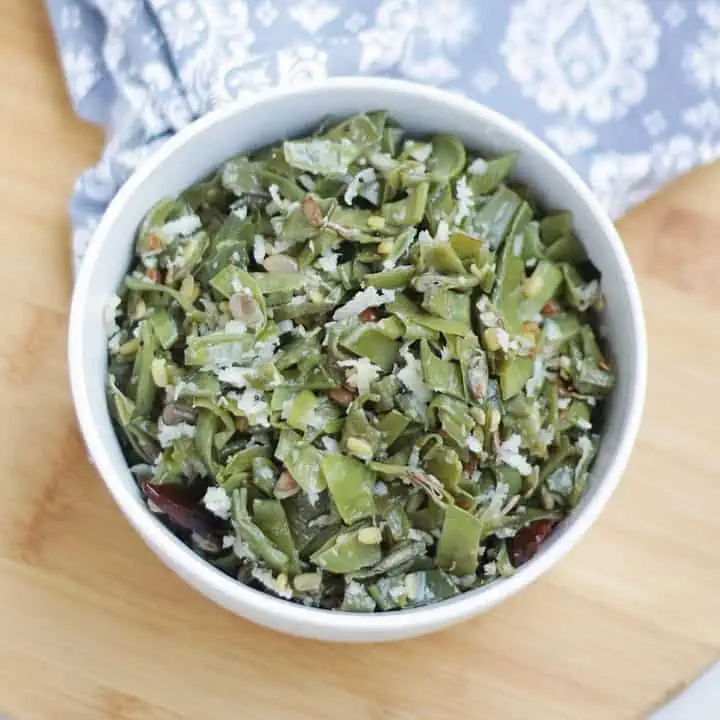
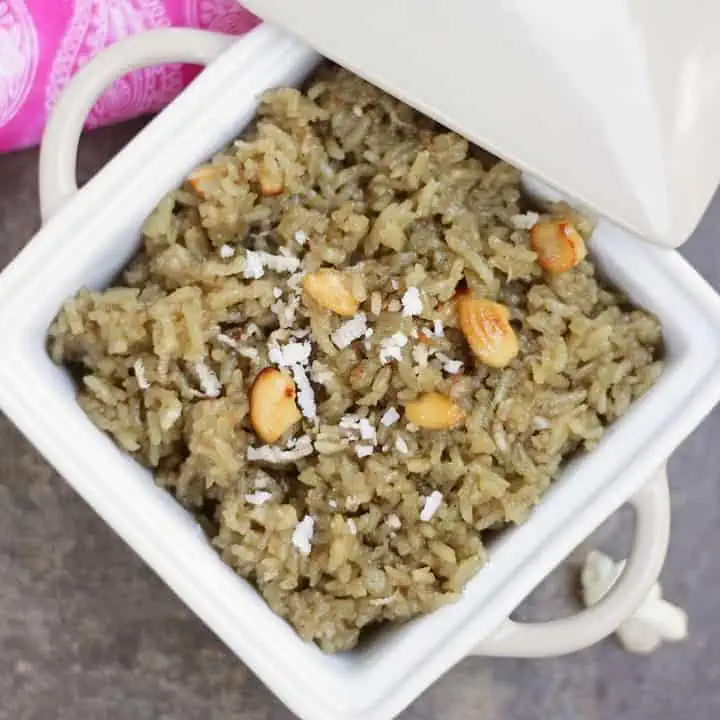
Leave a Reply